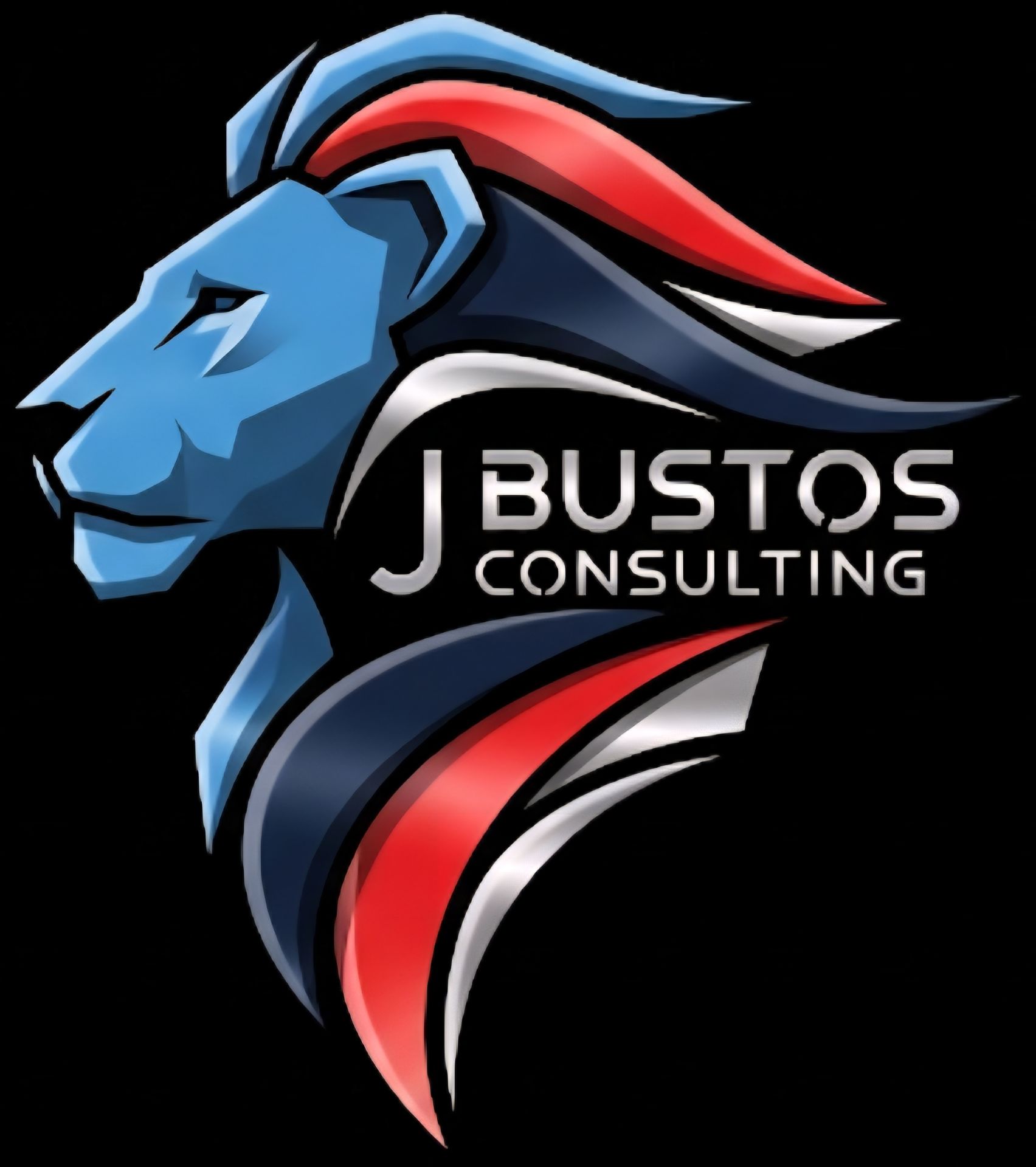Embracing Change: How to Transition from Reactive to Proactive Business Strategies
Understanding Reactive vs. Proactive Strategies
In the fast-paced world of business, the ability to adapt and evolve is crucial. Many businesses find themselves stuck in a reactive mode, responding to challenges as they arise rather than anticipating and planning for them. Reactive strategies are often short-term solutions that can lead to inefficiencies and missed opportunities. On the other hand, proactive strategies focus on foresight, planning, and initiative, enabling businesses to navigate future challenges with greater ease.

The Importance of Proactive Strategies
Proactive strategies empower businesses to set the pace rather than follow it. By anticipating changes in the market and customer needs, businesses can create a roadmap for success. This approach helps in minimizing risks, improving resource allocation, and enhancing overall performance. Moreover, being proactive fosters innovation and agility, which are essential in today’s competitive landscape.
Steps to Transition from Reactive to Proactive
Transitioning to a proactive business strategy requires a shift in mindset and operations. Here are some steps to facilitate this transformation:
- Conduct a Thorough Analysis: Evaluate your current processes and identify areas where reactive measures are prevalent.
- Set Clear Goals: Define what you want to achieve with proactive strategies and align them with your business objectives.
- Invest in Training: Equip your team with the necessary skills to anticipate changes and respond effectively.

Leveraging Technology for Proactive Strategies
Technology plays a pivotal role in transitioning from reactive to proactive strategies. Tools like data analytics, AI, and CRM systems provide valuable insights into market trends and customer behaviors. By leveraging these technologies, businesses can make informed decisions and anticipate future demands more accurately. Implementing such tools not only enhances decision-making but also streamlines operations, leading to increased efficiency.
Cultivating a Proactive Culture
Building a proactive culture within an organization is essential for sustaining long-term success. Encourage open communication and collaboration among team members, fostering an environment where creativity and innovation thrive. Reward initiatives that focus on foresight and strategic planning, reinforcing the value of proactive approaches. Over time, this cultural shift will become ingrained in your company's DNA, driving continuous improvement and growth.

Monitoring and Adjusting Strategies
Once you have implemented proactive strategies, it is crucial to monitor their effectiveness continually. Establish key performance indicators (KPIs) to evaluate progress and make data-driven adjustments as needed. This ongoing assessment ensures that your strategies remain relevant and aligned with your business goals. Remember, flexibility is an integral part of proactivity; being able to pivot when necessary can make the difference between success and stagnation.
In conclusion, embracing change by transitioning from reactive to proactive business strategies can significantly enhance your organization's resilience and competitiveness. By planning ahead, leveraging technology, fostering a proactive culture, and continuously monitoring outcomes, businesses can better navigate uncertainties and seize new opportunities, paving the way for sustainable success.
